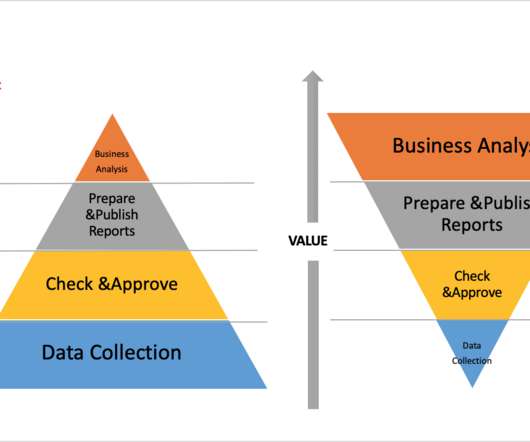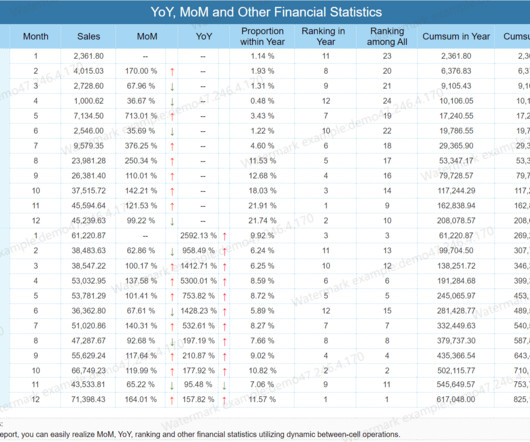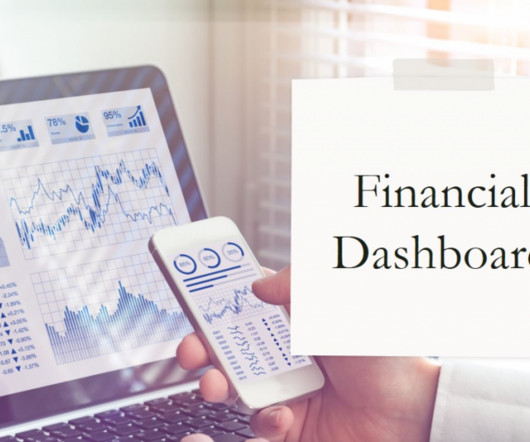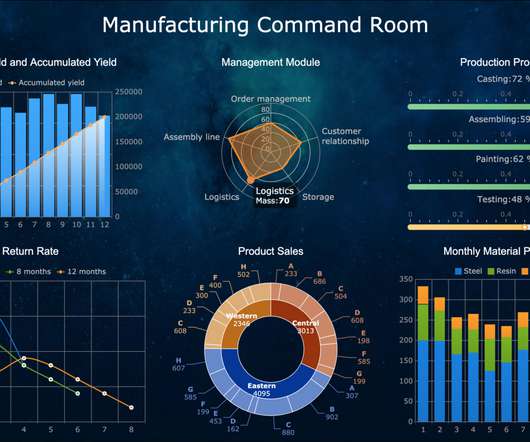Reporting Solutions: A Complete Guide
FineReport
AUGUST 19, 2020
You may have used many tools that have some reporting function built-in. As your business grows, you’ll need complete reporting solutions to handle the fast-changing data and surging reports. Before start, let’s see what are reporting solutions, and what reporting solutions you should look for. .














Let's personalize your content